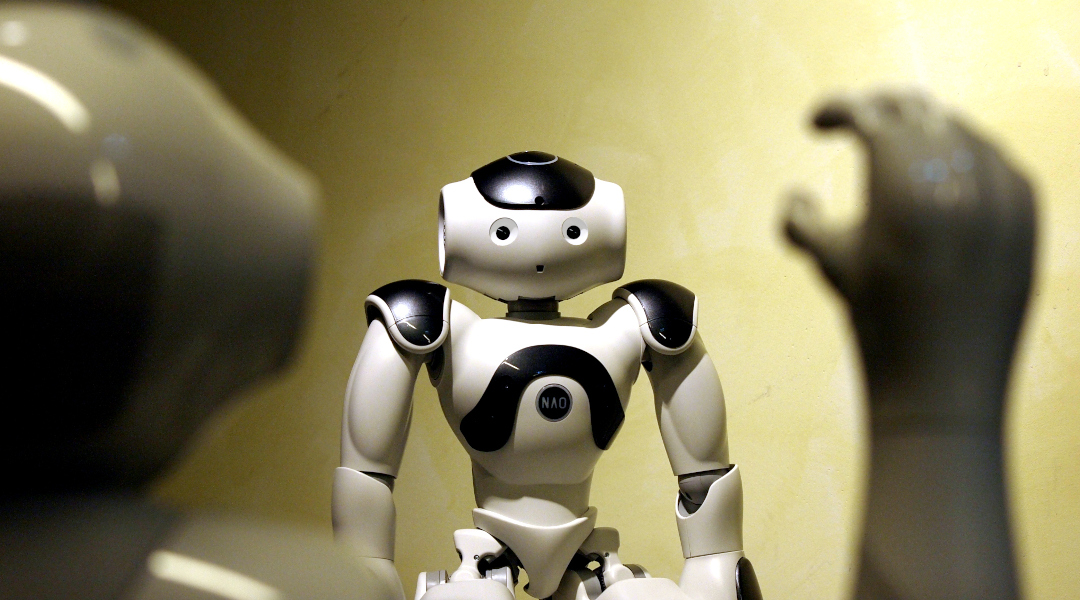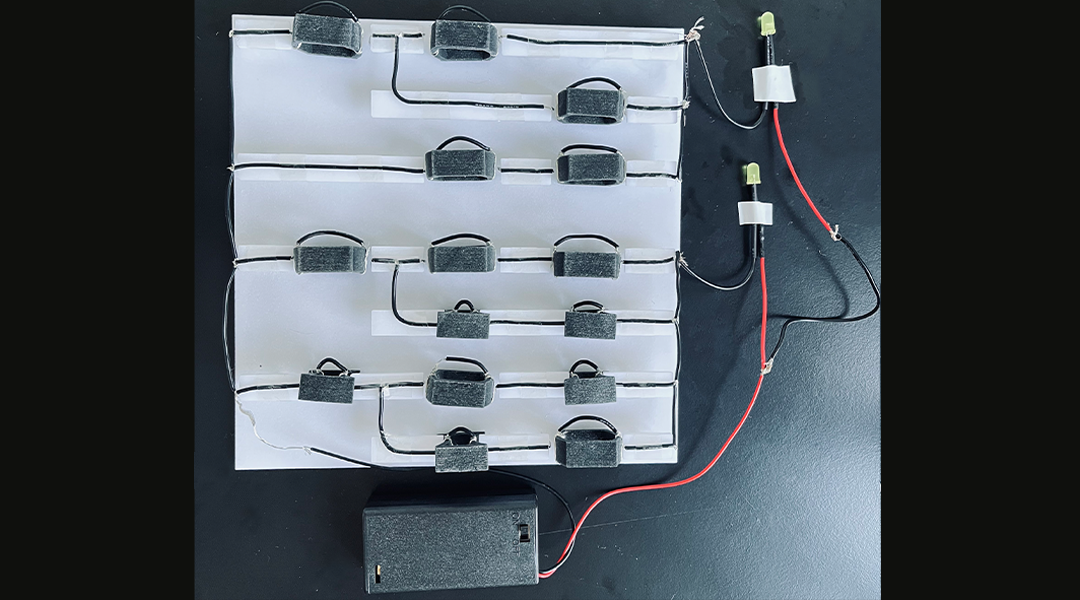A device brings memory and processing together, helping minimizing errors and avoiding increasing energy demands due to huge amounts of data.


A device brings memory and processing together, helping minimizing errors and avoiding increasing energy demands due to huge amounts of data.

Event cameras mimic the human eye to allow robots to navigate their environment, and a new approach helps minimize computational costs.

Using 19 different quantum computers, scientists demonstrate how entangled particles break limitations in accuracy on the sub-atomic scale.

Putting a modern spin on old tech, scientists create a mechanical computer from metamaterials for situations where electronic computers break down.

Comparing algorithms used to model spinning neutron stars, scientists hope to better understand the physics of the elementary particles that make them up.

Rigid elements are holding soft robots back from their full potential, and new research suggests swapping in fluid-based systems.

The power demands of the Internet of Things could be combated with computing systems that mimic biological neurons.

Exploiting defects in 2D hexagonal boron nitride to create reliable single photons, researchers have upped their quantum encryption game.

Cold ytterbium atoms were used to test a fundamental theory which describes phenomena in solids such as magnetism and superconductivity.

Extra time dimensions provide scientists with a new way to think about phases of matter for more stable qubits and robust quantum computers.